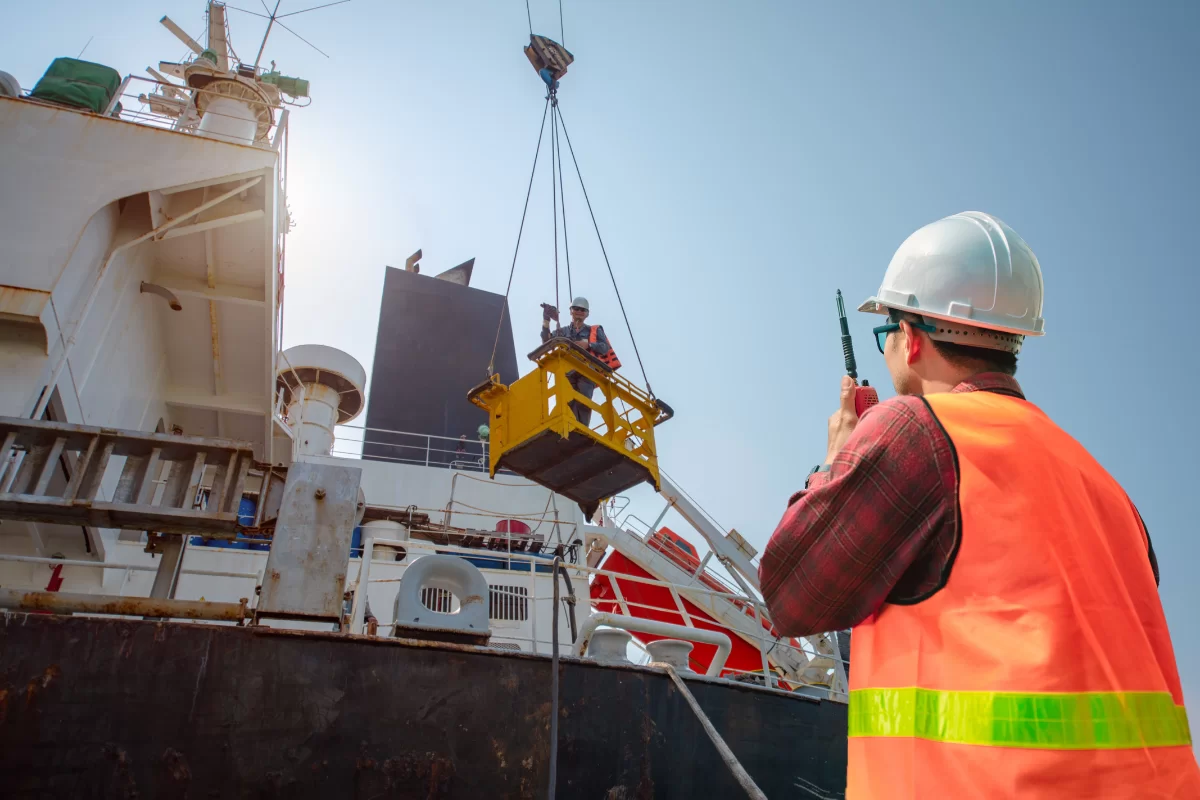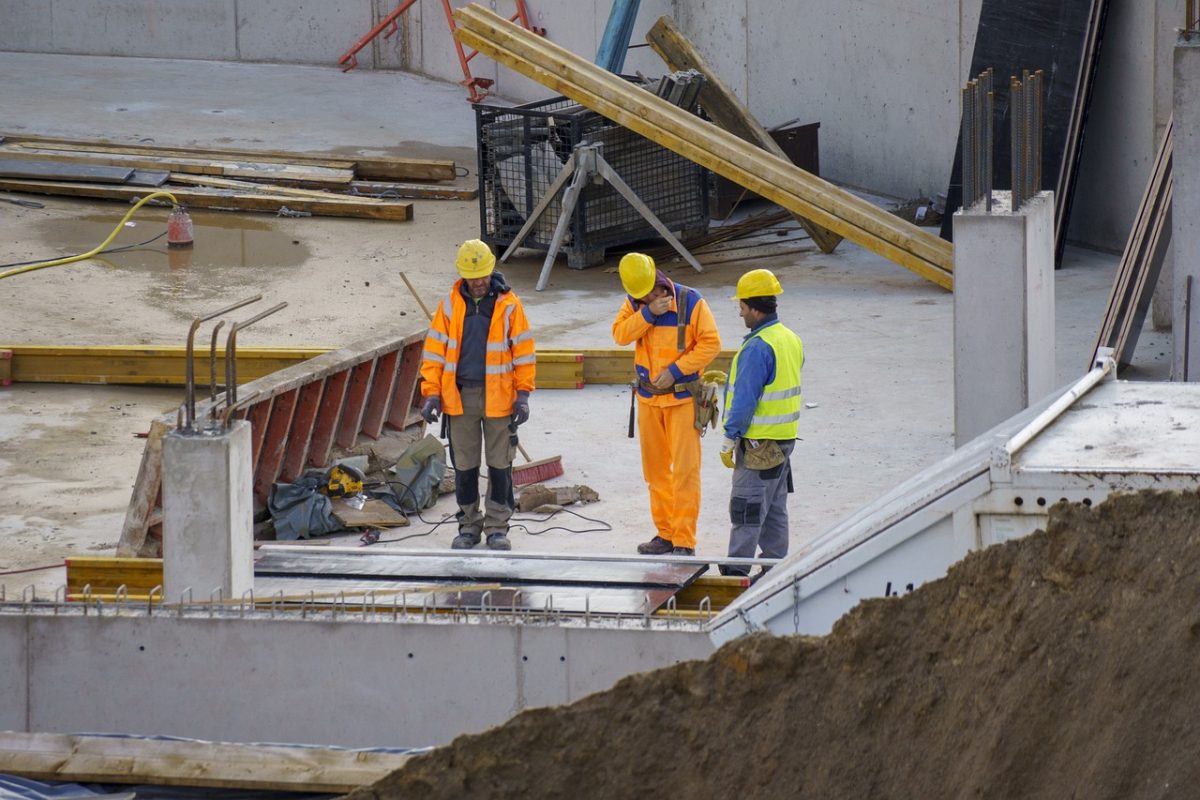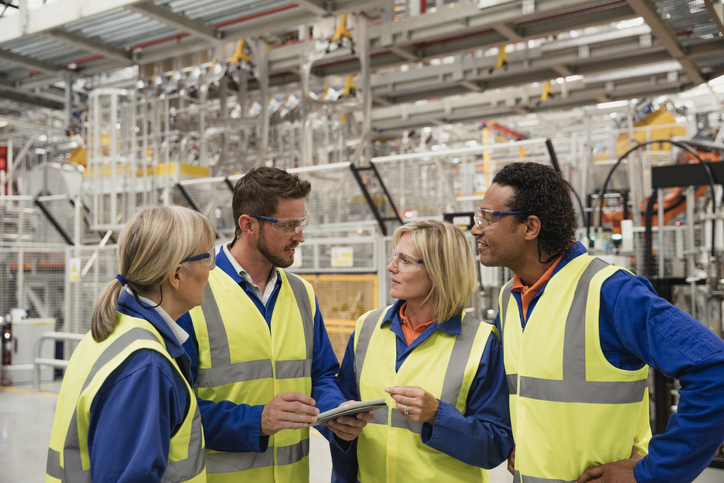Construction Safety Consultants
OHS/WHS Compliance for the Construction Industry
According to Safe Work Australia, the construction industry has consistently been one of the highest-risk industries in terms of fatalities. In 2022, the construction industry reported 24 worker fatalities, which accounted for a significant portion of the total workplace fatalities in Australia. Health and safety in the construction industry is heavily regulated when it comes to high risk work. These areas often require special attention, training, and compliance with stringent safety standards. While specific regulations can vary by jurisdiction, here are some common high-risk work areas defined under OHS/WHS regulations:

When it comes to high risk work, legislation required employers take particular measures which include:

High-risk work activities require licenses or certifications for workers and contractors which include the following: Scaffolding, Dogging and Rigging, Crane and Hoist Operation, Forklift Operation, Pressure Equipment Operation.
Employers must conduct thorough risk assessments to identify and control hazards in high-risk work areas. Safety Authorities mandate the use of Safe Work Method Statements which must be prepared before commencing high risk construction work.
Develop and implement emergency procedures for potential incidents related to high-risk work.

In August 2019, an Abresham Pty Ltd painter was grinding the ceiling at a UFG construction site in Pendle Hill, NSW when he fell off the ladder he was on and hit the concrete floor.
The worker, who was on his first day at the site, sustained severe head injuries and died a week later.
The company was fined $400,000, after the court found that an unsuitable ladder was used and slammed its site induction for being “so inadequate” that it failed to detect that the worker did not have a “white card”. The court also found;
It could have taken steps to prevent the fall, like providing adequate training and supervision relating to the dangers posed by working on ladders, ensuring contractors had appropriate safe work method statements that were understood by workers, and requiring the use of work platforms instead of ladders for certain tasks, he found.
Read more about the case here

Your Safety Partners have over 15 years experience servicing the construction industry and are able to help with the development and implementation of safety systems including:
Each year over 130,000 workers are seriously injured.
Most of these injuries or accidents could have been avoided if organisations had taken the time to see where their safety gaps were.

Our team of expert Work Health and Safety Consultants have over 100 years combined experience assessing workplace risk and implementing tailored solutions to reduce the chance of personal prosecution and which keep workplaces safe.

Our teams of expert WHS/OHS consultants have over 100 years combined experience designing and implementing safety processes that are both practical and maintain compliance in the long term.
OUR TEAM